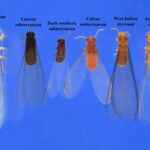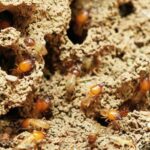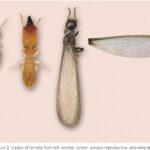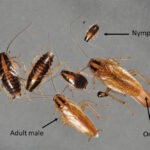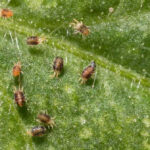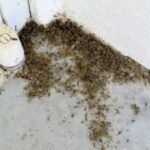In the world of fluttering wings and vibrant colors, few creatures captivate the imagination quite like the Gulf Fritillary butterfly (Agraulis vanillae). Their metamorphic journey from caterpillar to butterfly is a stunning testament to nature’s wonders, showcasing the intricacies of life cycles and the beauty of transformation.
The Gulf Fritillary: A Visual Marvel
The Gulf Fritillary butterfly is a striking sight to behold, with its bright orange wings marked by distinct silver-spangled underwings. These medium-sized butterflies are commonly found in the southern United States, Central and South America. Their presence adds a splash of vivid hues to gardens, parks, and open spaces.

The Life Cycle: From Egg to Caterpillar to Butterfly
The life cycle of the Gulf Fritillary butterfly is a remarkable tale of four distinct stages: egg, caterpillar, chrysalis, and adult butterfly.
1. Egg Stage: The life journey begins as a female Gulf Fritillary butterfly lays tiny, pale-orange eggs on the underside of passionflower leaves. These eggs are usually laid in clusters and hatch within a few days.
2. Caterpillar Stage: Emerging from the eggs, Gulf Fritillary caterpillars appear in shades of red-orange with rows of black spines. Their diet mainly consists of passionflower plants, which serve as their primary food source. As they grow, these caterpillars molt their skin several times, shedding their outer layer to accommodate their increasing size.
3. Chrysalis Stage: After a few weeks of feeding and growth, the caterpillar seeks a suitable location to transform into a chrysalis. They attach themselves to a stem or leaf, forming a protective chrysalis where the magical metamorphosis takes place. Within this cocoon-like structure, the caterpillar undergoes a miraculous transformation, gradually turning into a butterfly.
4. Adult Butterfly Stage: Finally, after about ten days or more, a stunning Gulf Fritillary butterfly emerges from the chrysalis. With its wings initially soft and crumpled, the butterfly pumps fluid through its veins to expand and dry them. Once ready, it takes flight, displaying its magnificent wings in the sunlight.
Ecological Significance and Conservation
Gulf Fritillary butterflies play a crucial role in their ecosystems. As pollinators, they assist in the reproduction of various flowering plants, including the passionflower vines on which their caterpillars feed. Their interactions with plants make them an essential part of maintaining biodiversity and ecological balance.
However, like many other butterfly species, Gulf Fritillaries face threats due to habitat loss, pesticide use, and climate change. Conservation efforts aimed at preserving their habitats and promoting awareness about their significance are essential to ensure their continued presence in the wild.
Attracting and Supporting Gulf Fritillary Butterflies
If you’re interested in attracting these enchanting butterflies to your garden, consider planting passionflower vines. These plants serve as both food and shelter for Gulf Fritillary caterpillars. Providing a diverse range of nectar-rich flowers can also encourage adult butterflies to visit your garden. At LydyBug Pest Control, we strive to protect our pollinators at all costs. Be sure to let us know areas of your garden and yard that are host plants for your pollinators and we will protect that area.
Conclusion
The mesmerizing transformation of Gulf Fritillary butterflies from egg to caterpillar to butterfly serves as a reminder of the beauty and resilience of nature. Their life cycle is a testament to the intricate balance and interdependence within ecosystems.
By understanding and appreciating the journey of Gulf Fritillary butterflies and taking steps to support their existence, we can contribute to the preservation of these captivating creatures for generations to come.


